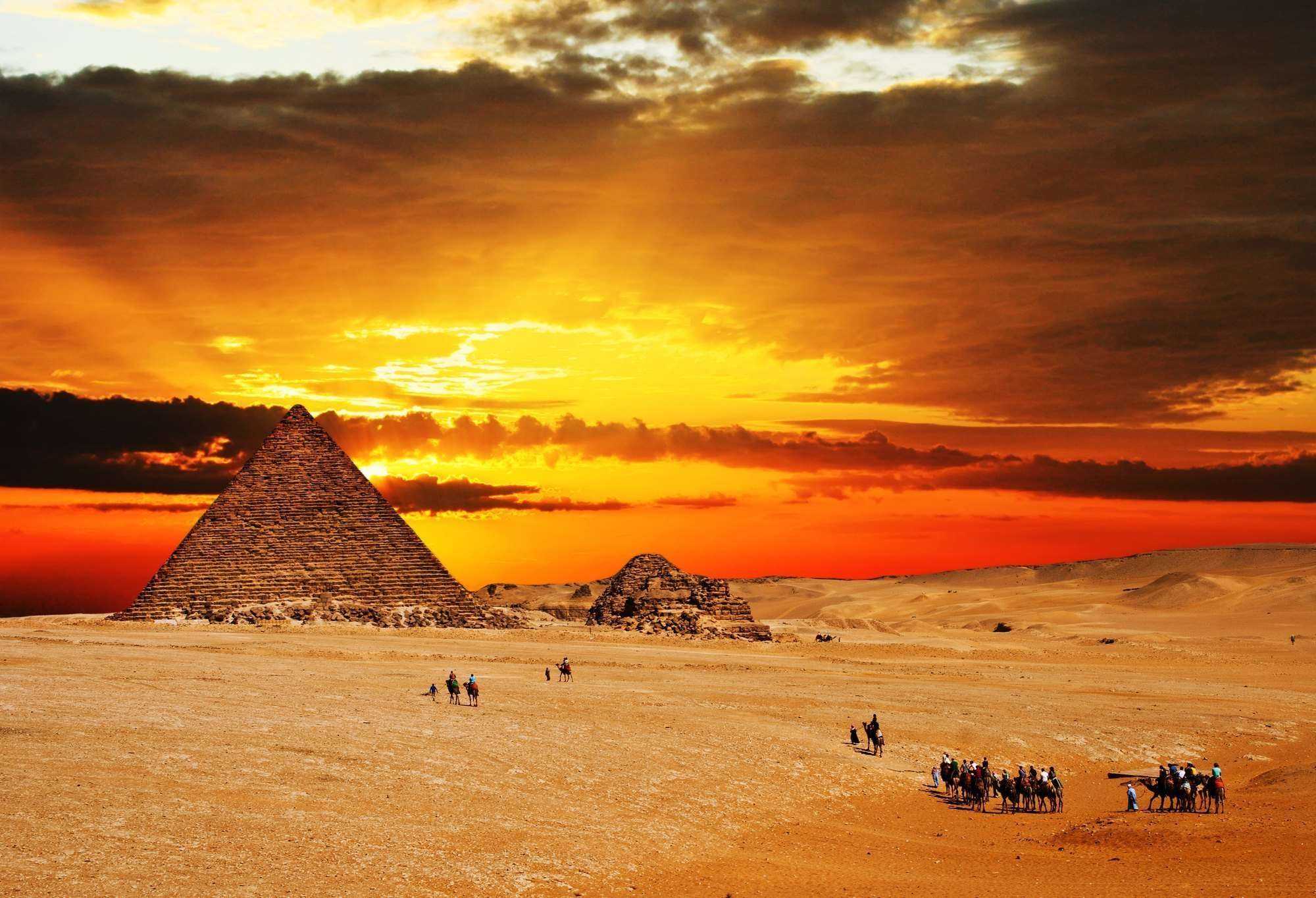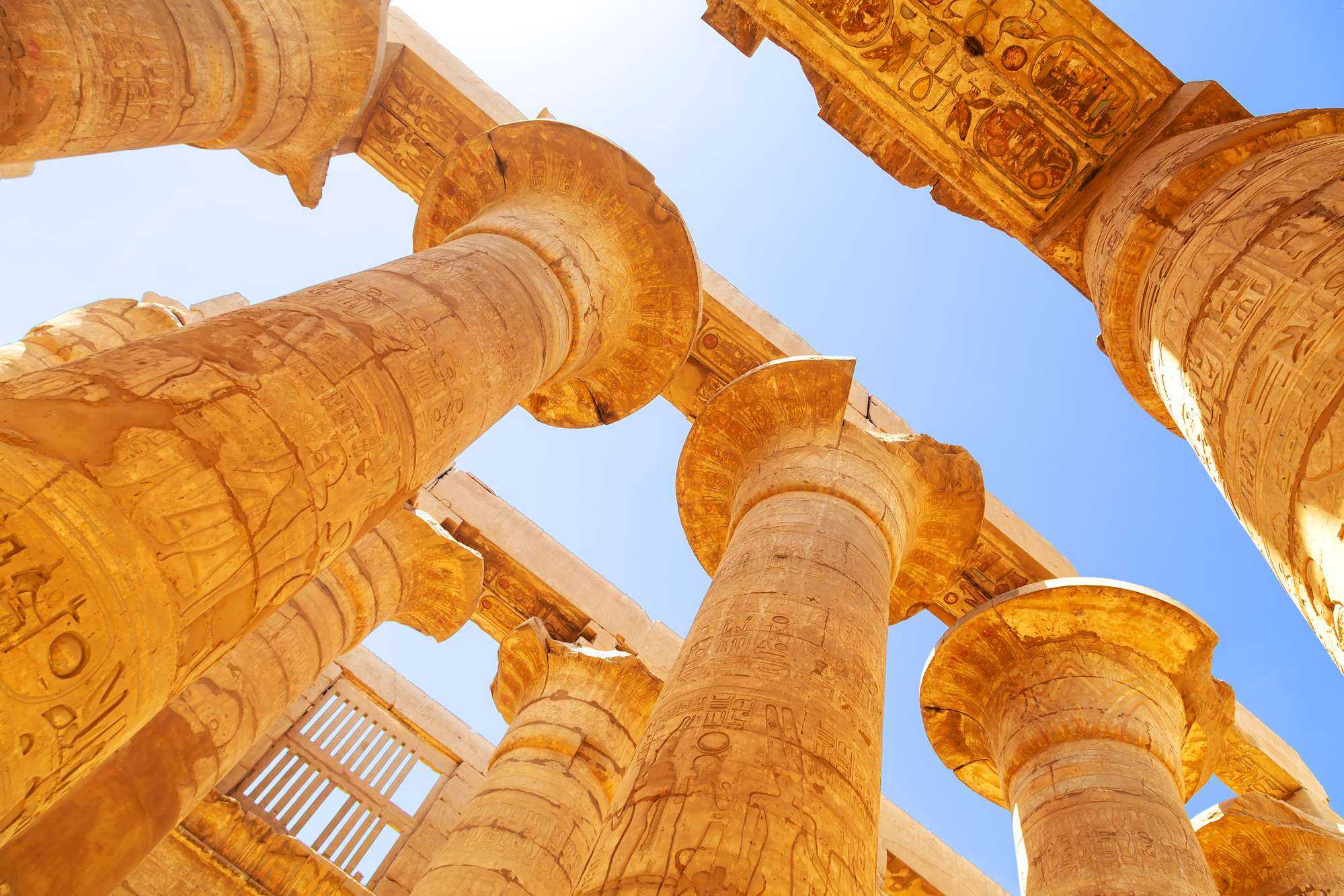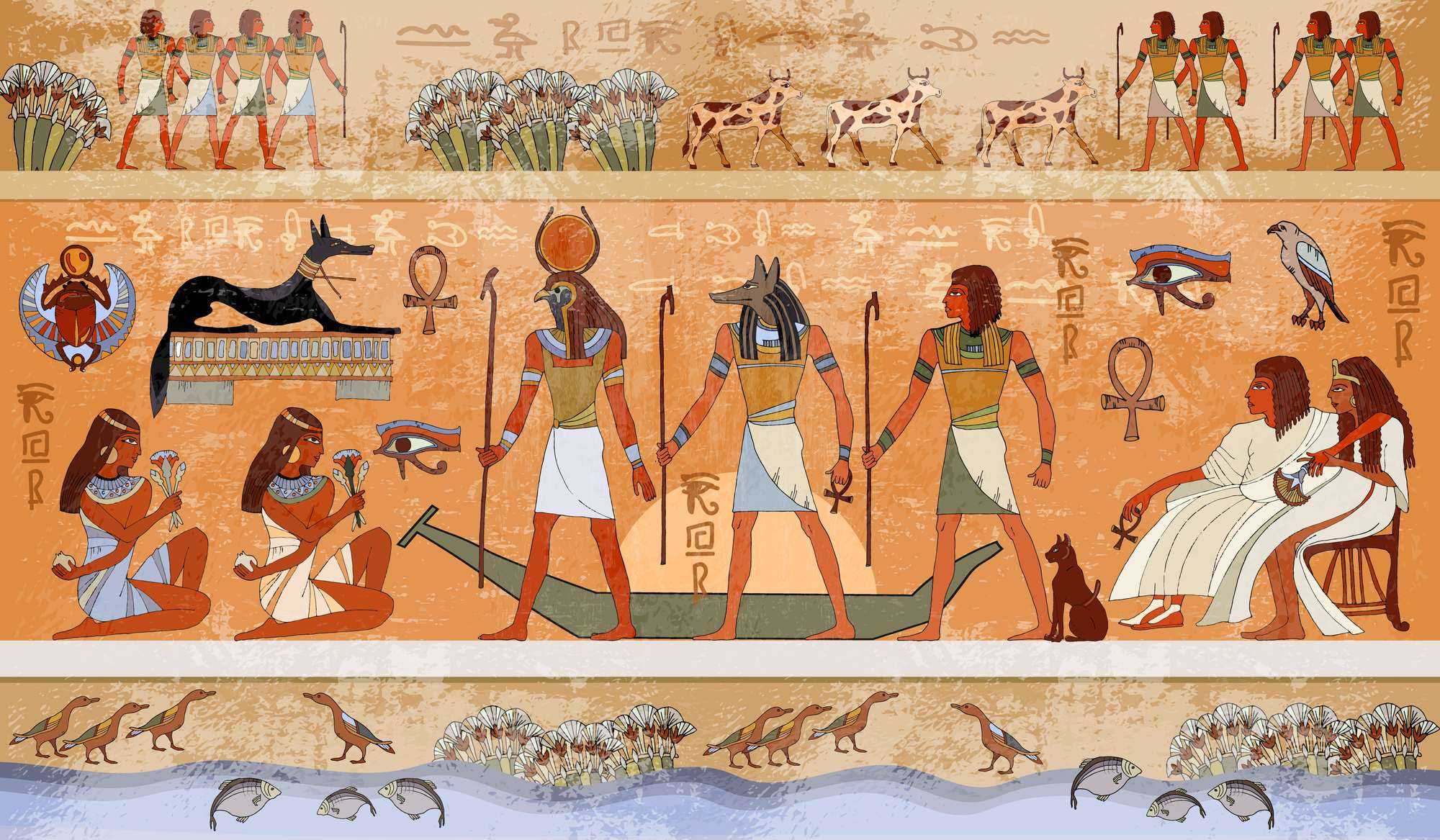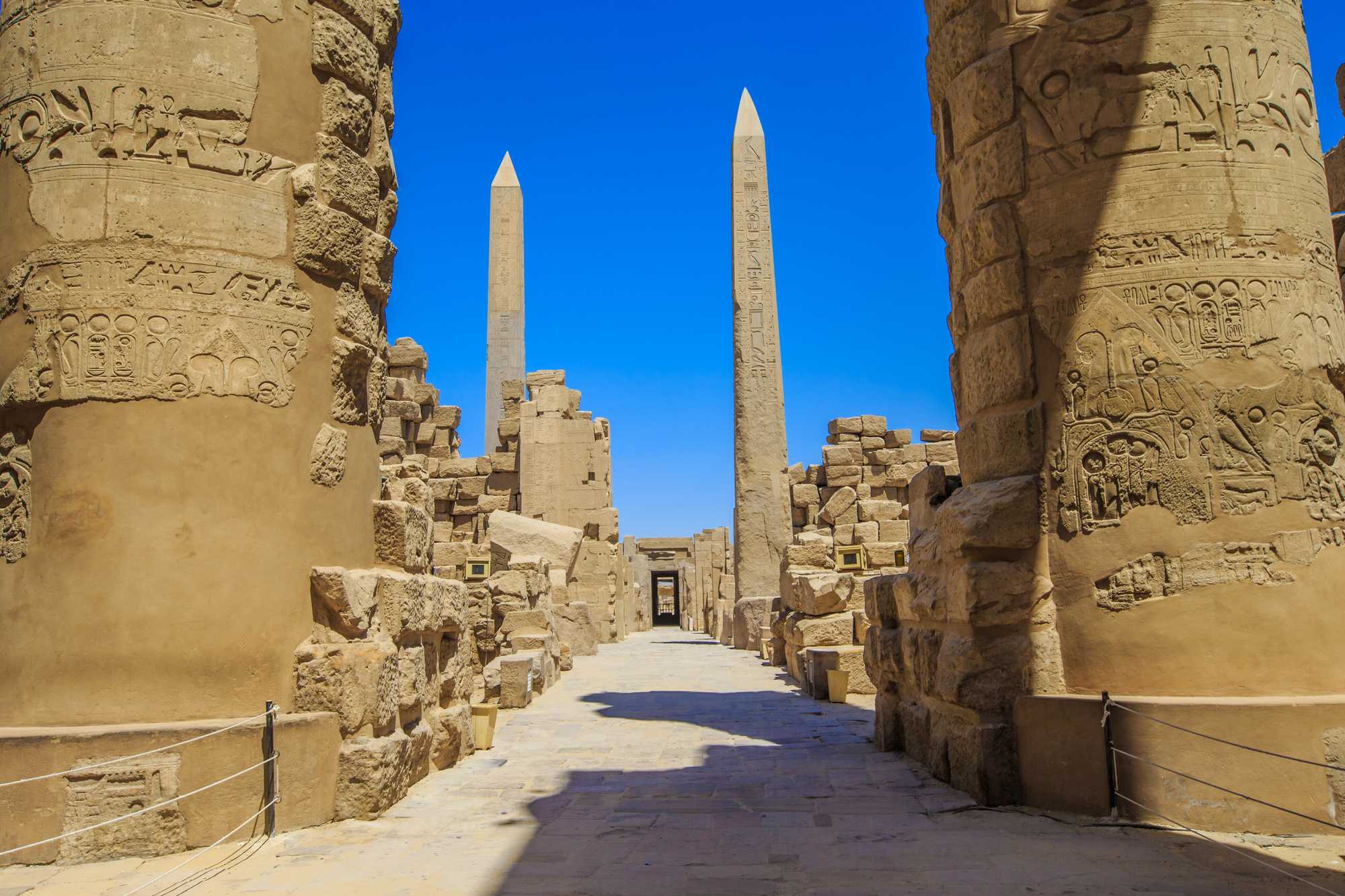African History
Wepet Renpet – The Opening of the Year

African History
Seti the 1st war correspondents etched along the north wall of the Hypostyle hall; more of his great achievements
African History
Tremendous achievements for the 1st year nesew Seti
African History
Why would he be chosen to be the next nesew? Rameses the 1st – 19th Dynasty circa 1292 -1290 BCE
-

 Community News2 weeks ago
Community News2 weeks agoAlmost Homeless – Eight years of Justin Trudeau; Canada’s housing is against the ropes, and Toronto renters suffer
-

 Community News2 weeks ago
Community News2 weeks agoMeet Birmingham’s sensational R&B-Pop prodigy: Vincent Darby – The voice you can’t ignore!
-

 Community News2 weeks ago
Community News2 weeks agoUnveiling the canvas of resilience: Dwayne Grant’s journey through art
-

 Community News2 weeks ago
Community News2 weeks agoIt’s time for a New United Regional Nation of the Caribbean
-

 Community News7 days ago
Community News7 days ago“Stop egging me on!” Companies are simply getting better at carefully wording things on their packaging
-

 Community News7 days ago
Community News7 days agoRichard Rooney gifts $5 million to the African Studies Centre and the Centre for Caribbean Studies at the University of Toronto
-

 Community News7 days ago
Community News7 days agoChemical hair straighteners are causing uterine cancer, fibroid tumors and infertility in women of colour
-

 Community News7 days ago
Community News7 days agoNot just a reunion; It’s a powerful catalyst for unity and growth. Welcome to the 10thBiennial Jamaica Diaspora Conference

























